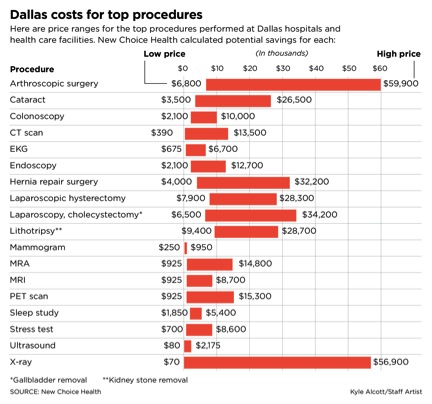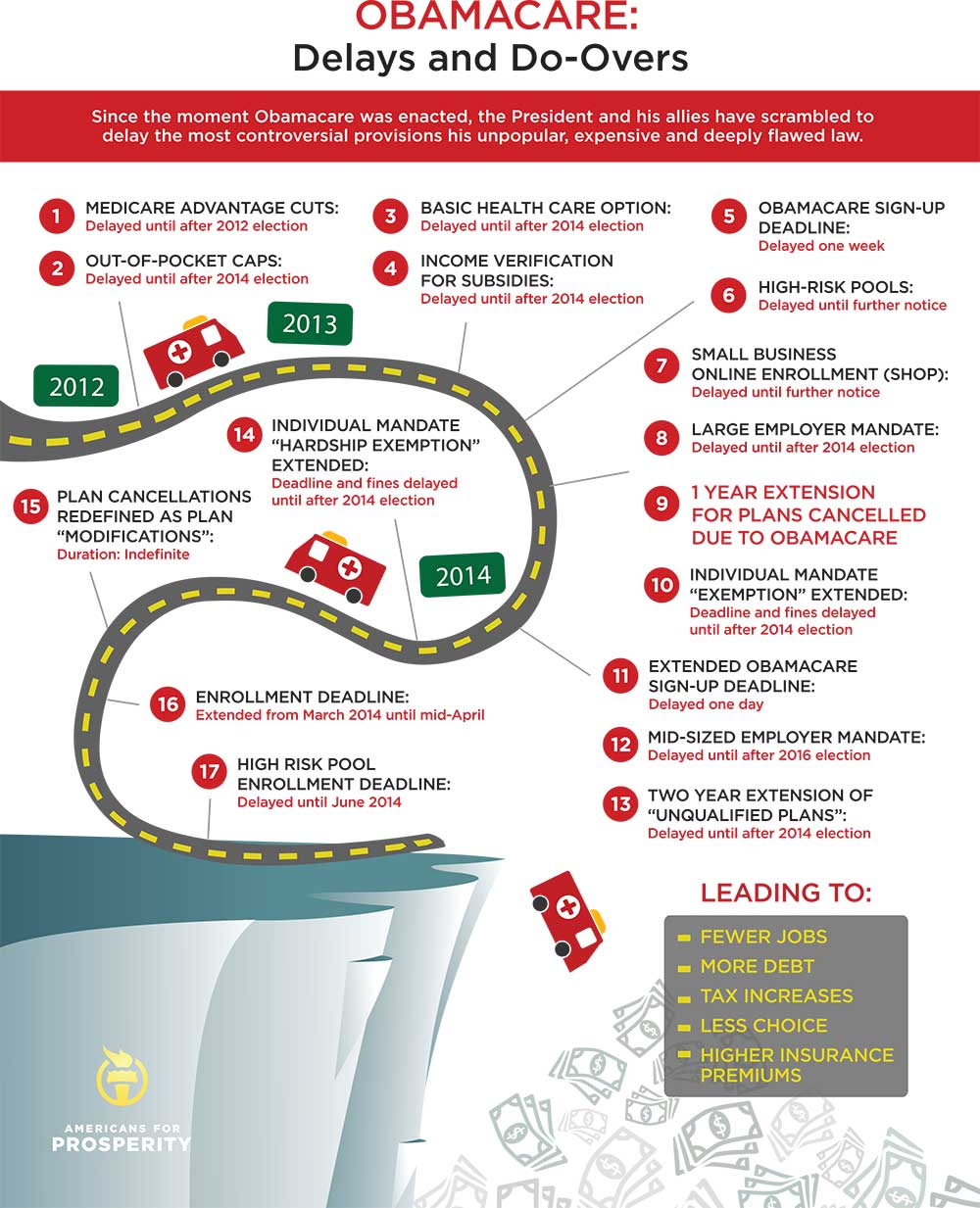Stanley Feld M.D.,FACP,MACE
Last week I received an email from Paul Teirsten M.D., Chief of Cardiology Scripps Clinic through the American Association of Physicians and Surgeons (AAPS).
“APS News (American Physicians and Surgeons News) From: "Teirstein, Paul S. MD" “<Teirstein.Paul@scrippshealth.org>
Date: July 25, 2014 at 1:58:07 PM CDT
To: Undisclosed recipients:;
Subject: MOC Boycott. Send a message to ABIM
Dear Colleague,
Thank you for signing our anti-MOC (maintenance of certification) petition earlier this year. As you know, the American Board of Internal Medicine (ABIM) has recently added significant time and expense to board certification.
We now have over 17,000 signatures and many compelling comments on the petition.
We are making progress.
ABIM is now under fire with many physician organizations (i.e. ACC, ACP, AACE, AAPS) calling for MOC change.
BUT, since there has still been no meaningful change, many physicians are now boycotting the MOC program. Even if you previously enrolled in MOC, you can pledge to boycott future enrollment.
TO VIEW, AND IF IN AGREEMENT, JOIN A "PLEDGE OF NON-COMPLIANCE," CLICK ON THE LINK BELOW:
http://www.petitionbuzz.com/petitions/nomocvow
To more easily spread the word, we created: www.nomoc.org
To consider signing the petition and pledge, go to:
nomoc.org
If you support this cause, please send it to your colleagues and medical staff offices for wider distribution
Physicians for Certification Change (PCC) Paul Teirstein, M.D Chief of Cardiology Scripps Clinic
858 554 9905
Can MOC be Stopped? Yes It Can!”
Bravo!! To The American Association of Physicians and Surgeons (AAPS) under the leadership of Jane Orient M.D.
It is about time some medical organizations are fighting back for their practicing physicians and those physicians’ patients from the abuse of the ABIM.
What are the main issues? There are two.
- Control Physicians by recertifying physicians in order to maintain quality of care through formal testing every two years.
- It is all about economics. It is all about The American Board of Internal Medicine, the American Board of Pediatrics and all the other certifying boards increasing revenue from the fees to be recertified every two years.
The entire medical profession is for improving the quality of care. A problem is the definition of quality care is artificial and poor defined. Most medical care cannot be commoditized. There is no data that proves that recertification improves quality of care.
The present maintenance of certification tests use “memory-based curriculum,” where doctors need to recall endless amount of facts on board exams. This out of date testing method does not test quality of care delivered or physician judgment.
If there is a recertification test it should be open book.
“With the advent of mobile apps, UptoDate and IBM’s Watson, more medical information than ever is available on demand. Relying on memory, as board exams do, reinforces an antiquated model of care.”
It seems to me the AIBM’s only reason to increase this burden on physicians at this time is to increase its revenue and control physicians’ freedoms. In studying of IRS form 990 as of 2009 for 24 specialty board examine organizations it is revealed that all the testing board have total assets of $465 million and annual gross receipts total more than $350 million (http://changeboardrecert.com).
The ABIM collected $42.3 million dollars in 2009. It had expenses of $22.8 million dollars in salaries and expenses and another $24 million dollars in other expenses.
The ABIM reported a loss of $4.5 million dollars in 2009.
The ABIM claims to pay nothing to the physicians who write the test questions.
I think the ABIM needs to be recertified.
The recertification controversy has been going on since 2010. The American Medical Association has gotten an ear full of dissent from its members according to the AMA News. The AMA’s politically correct solution is to study the problem over the last four years.
Nationwide, physicians from a variety of specialties organizations have voiced their views on the pitfalls and merits of Board Recertification and Maintenance of Certification (MOC). In a recent New England Journal of Medicine physicians had a very negative response to the MOC changes.
Change Boards Recertification survey included all physicians even those physicians who are grandfathered.
“As you can see, our polling results are even more telling than those obtained by the New England Journal of Medicine. As our polling includes MOC for all physicians – not only those who are grandfathered – it further supports the need for change.”
“After one year of voting, it's very clear that the vast majority of practicing physicians oppose the current MOC process.
After thousands of votes, only 1.6% wish to maintain the current system, while 4.7% supported reform and 93.7% voted to abolish the requirements altogether.
Had this been a political poll, it would be a landslide victory against the current MOC process.
Yet Board leadership continues to ignore the collective voice of the nation's practicing physician.”
How do we fix this problem?
Recertification exams need to be changed to fit current practice paradigms. They must not be punitive. They must be fashioned to encourage continuing medical education and the joy of learning.
The present MOC is punitive. The boards think they are doing a good thing. They are next planning to use recertification for maintenance of licensure therefore making recertification a mandate.
This action in turn will connect to physician reimbursement by Medicare and the Healthcare Insurance Industry. It will also become a requirement for hospital privileges.
There have been special exemptions given to large clinics to let their physicians avoid MOC. Mayo clinic’s physicians and other large clinic are receiving waivers from maintenance of certification.
This is wrong.
The AIBM and other boards need to recognize the continuing stratification of internal medicine practices.
Hospitalist and ICU specialists are now taking care of hospitalized patients. It cannot be expected that internists in outpatient practices should be facile in the care of an ICU patient.
The increasing bureaucratic demands on internists are increasing with pre-authorizations for drugs, testing and treatments.
They are also faced with buying electronic medical records that have not increased practice efficiency or met data collection requirements for pay for performance reimbursement.
These mandates consume lots of time. They cost lots of money in an environment in which reimbursement is decreasing.
Adding preparation time in studying to take a Maintenance of Certification (MOC) examination is a burden an additional overhead to physician in private practice.
It is no wonder physicians object to MOC even though that are dedicated to life long learning.
The American Association of Physicians and Surgeons (AAPS) did two things. It sued the American Board of Medical specialties (ABMS) in April 2013.
“The Association of American Physicians & Surgeons (AAPS) has filed suit April 23, 2013 in federal court against the American Board of Medical Specialties (ABMS) for restraining trade and causing a reduction in access by patients to their physicians. The ABMS has entered into agreements with 24 other corporations to impose enormous “recertification” burdens on physicians, which are not justified by any significant improvements in patient care.”
The ABMS has been wiggling around technicalities in the lawsuit for over a year as it continues to pursue limiting physicians’ freedoms for ABMS’s own profit.
This is crazy to me as the country is experiencing a physician shortage and many physicians have quit practice because of these burdens.
The Boards are ignoring its constituents’ needs and wishes.
The second thing AAPS is doing is heightening awareness of the tremendous impractical burden the medical specialty boards are imposing on the medical profession.
The AAPS is asking physicians to sign “A PLEDGE OF NON-COMPLIANCE WITH ABIM’S MAINTENANCE OF CERTIFICATION (MOC)” in the hope of precipitating sensible and common sense change in the MOC.
1. The American Board of Internal Medicine’s (ABIM) Maintenance of Certification (MOC) program is onerous and provides little value.
2. There is no data that MOC improves patient outcomes.
3. The MOC modules are irrelevant busywork that reduce physician time for patient care.
4. MOC is costly for physicians and has become a money-making enterprise for ABIM
5. There is no public demand for MOC.
6. The existing Continuing Medical Education requirements are a preferred approach to life-long learning.
7. To date, despite numerous calls for change, ABIM has not made meaningful changes to the MOC program
Therefore, I pledge not to participate in MOC unless significant changes are made to the program. If I have previously enrolled in MOC, I will boycott future participation unless significant changes are made to the program.
If you support this pledge, please send it to your colleagues and your hospital medical staff office for distribution.
Note: We are aware that many who want to sign this pledge are unable because contracts with their hospitals, third party payers etc require MOC.
Supported by Physicians for Certification Change
To the physicians reading this blog even if you want to support this pledge but are not able to please make your colleagues who can sign the pledge to aware of it and give them the opportunity to support it.
Contact: Physicians for Certification Change (PCC) Paul Teirstein, M.D Chief of Cardiology Scripps Clinic
858 554 9905
Can MOC be Stopped? Yes!
Or sign petition:
http://www.petitionbuzz.com/petitions/nomocvow
“The way to win a war is not to show up." “Art of War”
All that is needed is a little common sense to Repair the Healthcare System.
Where did common sense go?
The opinions expressed in the blog “Repairing The Healthcare System” are, mine and mine alone.
Please have a friend subscribe

